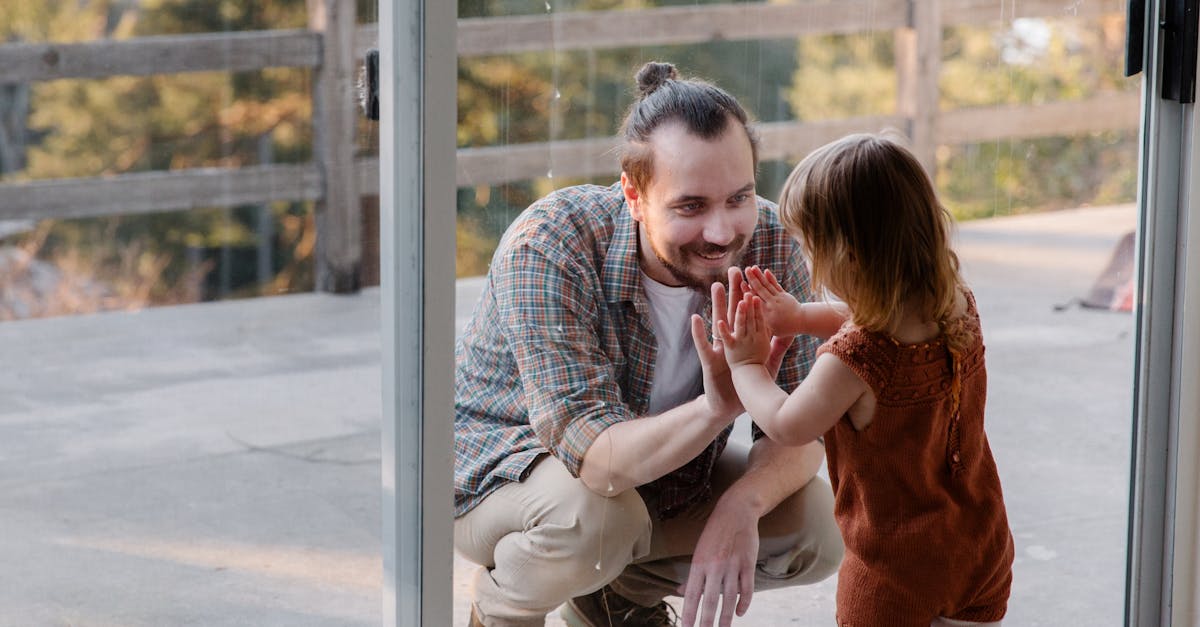Why Boundaries Bathed in Love Matter
Imagine this: your living room transformed into a mini-battlefield every evening because bedtime feels like negotiating peace treaties. Sound familiar? Setting boundaries can often feel like navigating a minefield, but it’s also one of the most powerful expressions of love. Why? Because effective boundaries, coated in understanding and care, help kids feel secure and loved. They teach kids to navigate the big, bad world with confidence. However, simply setting boundaries isn’t enough. This is where the dynamic duo of modeling and consistent reinforcement make a grand entrance.

Model Behavior: Kids See, Kids Do
Ever caught yourself saying, Do as I say, not as I do? Well, it turns out, kids are excellent at following the do as I do part. They’re keen observers, imitating our actions, reactions, and how we treat ourselves and others. This means the best way to teach boundaries is by practicing them visibly. If you respect your own limits and those of others, you’re setting a silent, powerful lesson in boundary-setting. So, next time you tell your child to respect someone’s space or adhere to a rule, show them how it’s done. It’s like being an undercover superhero teaching life’s crucial lessons.

Consistent Reinforcement: The Feel-Good Framework
Consistency is your best friend in the parenting playbook. It builds trust and a sense of security. But, consistent reinforcement doesn’t mean becoming the strict enforcer 24/7. It’s more about being predictable in your responses. Did you turn into a pumpkin last time your child missed their curfew? Then, the same should happen if it occurs again. And when they do follow through, acknowledging their effort is just as important. It’s about balancing the scales with positive reinforcement, which feels less like policing and more like coaching. Imagine being the cheerleader who’s always ready with a high-five or a comforting hug.

Key Takeaway: Consistent reinforcement in parenting is crucial for building trust and security. It involves maintaining predictability in responses while balancing discipline with positive reinforcement.
Breaking Through the Emotional Barrier
Now, let’s talk about when emotions enter the ring. It’s like the Hulk meets a tornado. Setting boundaries when you’re emotionally charged can lead to regrettable outcomes. Here’s a tip: take a breather. It’s not about suppressing emotions but managing them constructively. Keeping emotions in check ensures that your message isn’t lost in translation.
Remember, it’s not what you say but how you say it. So, why not say it calmly? This approach not only preserves your relationship with your child but also teaches them to manage their own emotional whirlwinds.

Turning Mistakes into Teachable Moments
Oopsy daisy! Mistakes were made. But guess what? They’re not the end of the world. Instead, they’re golden opportunities wrapped in ‘Oops!’ tape. When your child tests a boundary, it’s an invitation to guide, not scold. It’s like navigating a ship through stormy seas; mistakes are inevitable but part of learning. Discuss the ‘why’ behind the boundary and the consequences. It turns a potential conflict into a moment of learning and growth. Laughter helps too. After all, shared chuckles can make the lesson stick better than any glue.

Remember, mistakes are not the end but a stepping stone to growth and understanding.
Fostering Independence Through Boundaries
Independence is the ultimate goal of boundary-setting. It’s about teaching your children to fish rather than fishing for them. By consistent modeling and reinforcement, you’re essentially equipping your child with a moral compass and a map to navigate life’s challenges. It’s a balancing act between guiding them and letting them explore. With every boundary set with love, you’re one step closer to watching them soar independently, ready to face the world with confidence and joy.

Remember, boundaries are not about restraining; they’re about empowering. Embrace the journey of instilling values and independence in your child. Together, you can create a secure space where growth and self-reliance thrive.
Related Posts:
- Teaching Preschoolers About Physical Boundaries
- Teaching Gratitude & Kindness: Boundaries in Christian Parenting
- Promoting Problem-Solving Skills and Conflict Resolution with Love
- Teaching Personal Boundaries to Pre-Schoolers in Christian Parenting
- Compassion and Boundaries for Preschooler Anxiety
